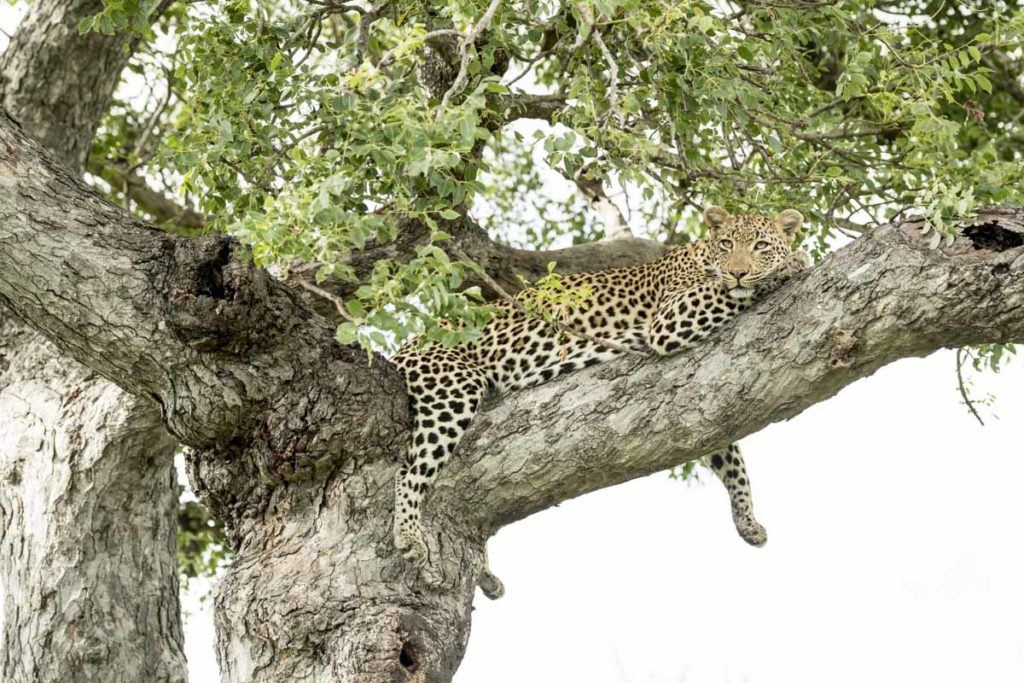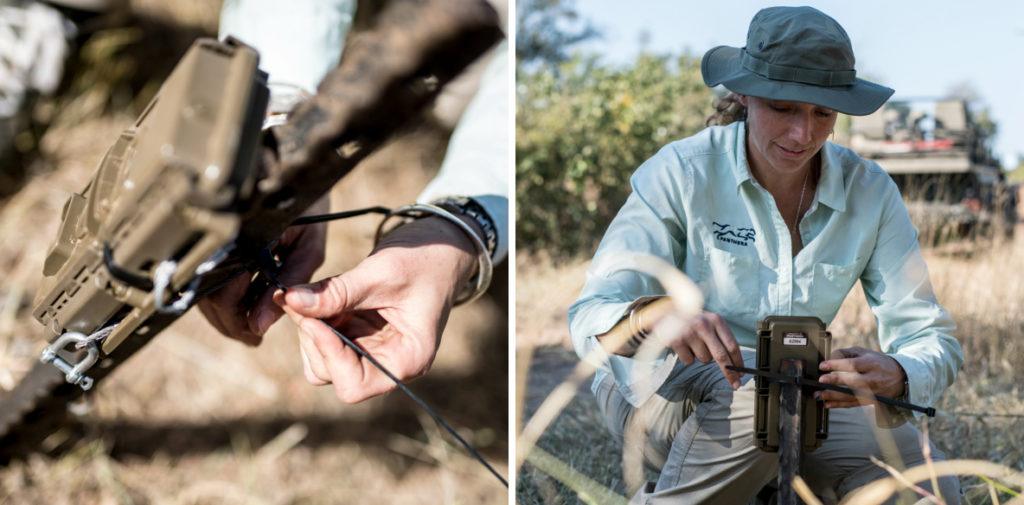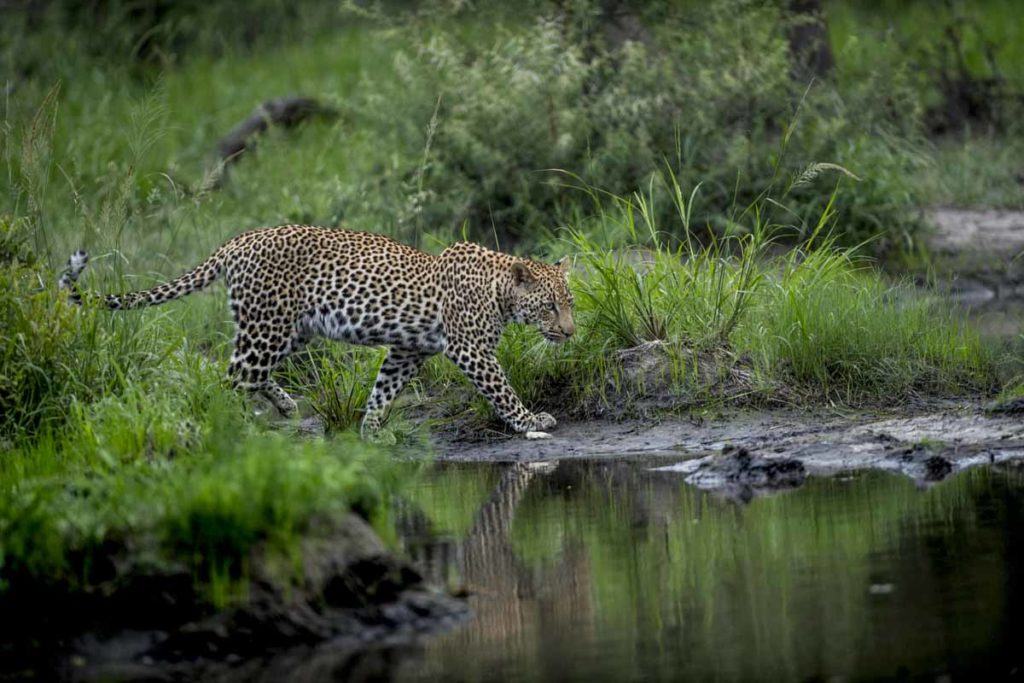Getting a Better Picture of Leopard Conservation at Singita Sabi Sand
Singita Sabi Sand, a concession within the larger Sabi Sand Wildtuin in South Africa, is home to one of the world's best-protected leopard populations. An astonishing 9,000 sightings of 142 individual leopards were recorded in the Sabi Sand region last year, making the area an obvious choice for important big cat research that allows conservation companies like Singita to employ the best strategies for ensuring the long-term survival of the species.

To this end, Singita has an ongoing relationship with Panthera, whose comprehensive conservation projects protect wild cats and their ecosystems in 47 countries around the world. The latest of these projects began earlier this month, when a 45-day camera-trap survey commenced in the Sabi Sand. Remotely-triggered camera-traps are now widely used to estimate leopard population densities; knowledge which is key to informing leopard conservation policies and assessing the effectiveness of management decisions. Until now, few estimates of undisturbed populations existed, which makes the survey's location in the highly protected Sabi Sand all the more significant. Such data are crucially required to act as reference points to establish the ecological carrying capacity of populations i.e. how many leopards there should be in a system in the absence of anthropogenic pressure.

Researcher Lisa Thomas, previously a Singita field guide and now Panthera's Monitoring Field Technician, is responsible for setting up and checking the cameras used in the survey. An area of 100km2 will be covered, with 36 camera stations spaced roughly 2km apart, producing tens of thousands of images. Each station will comprise two Panthera V6 digital camera-traps positioned opposite each other to photograph both flanks of the animal, and each fitted with a 2GB internal micro SD card. Visiting the stations once every five days, Lisa will check the cameras are functioning correctly, replace the batteries and download new images, before cataloguing the findings according to date, time, station location, species, and number of individuals captured.

Upon completion of the survey, Panthera typically spend two months compiling a detailed report on the vast number of images and other statistical data; a report which is also then shared with Singita. It is hoped that the information gathered in this project will provide a rare estimate of leopard density under natural conditions, establish an important baseline for Panthera's past and current studies, and contribute to South Africa’s National Leopard Monitoring Programme. It is also a wonderful opportunity for Singita to participate in the conservation of one of Africa's most iconic species, and the biodiversity of our Sabi Sand concession.

As well as working with strategic partners like Panthera, Singita Sabi Sand's dedicated conservation team is tasked with ensuring that the land, complete with its diverse flora and fauna, remains as close as possible to the untouched state in which it was found. You can visit the Conservation section of our website to learn more about how this is achieved, or read this blog post for more details on Singita's relationship with Panthera: Supporting Spotted Cat Conservation at Singita »